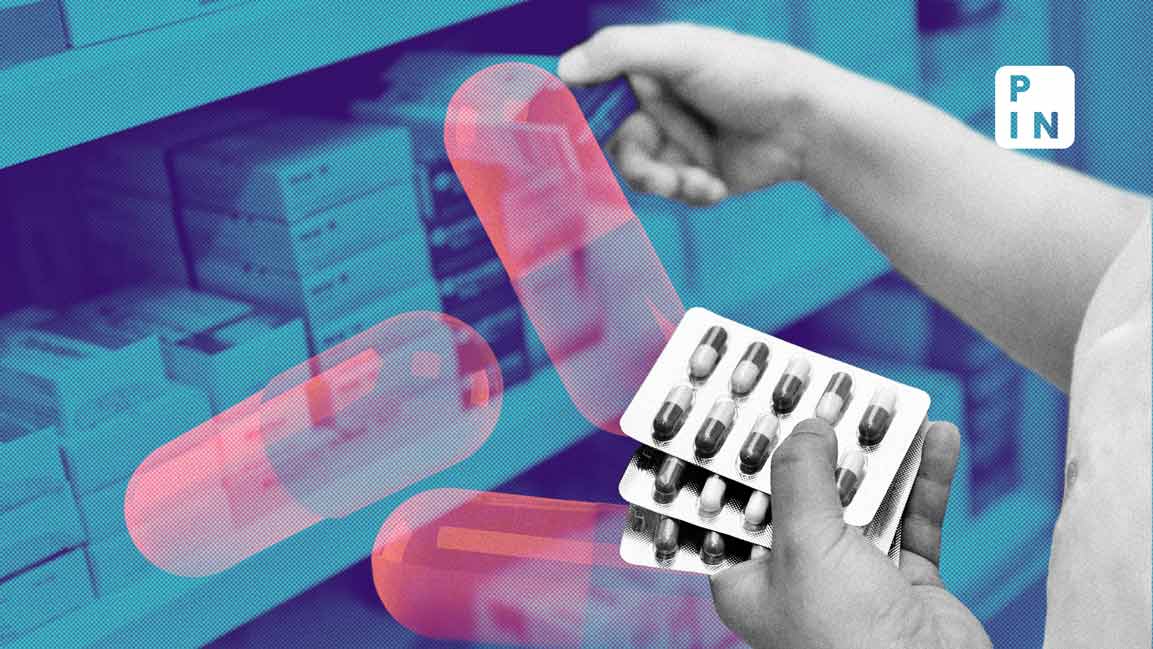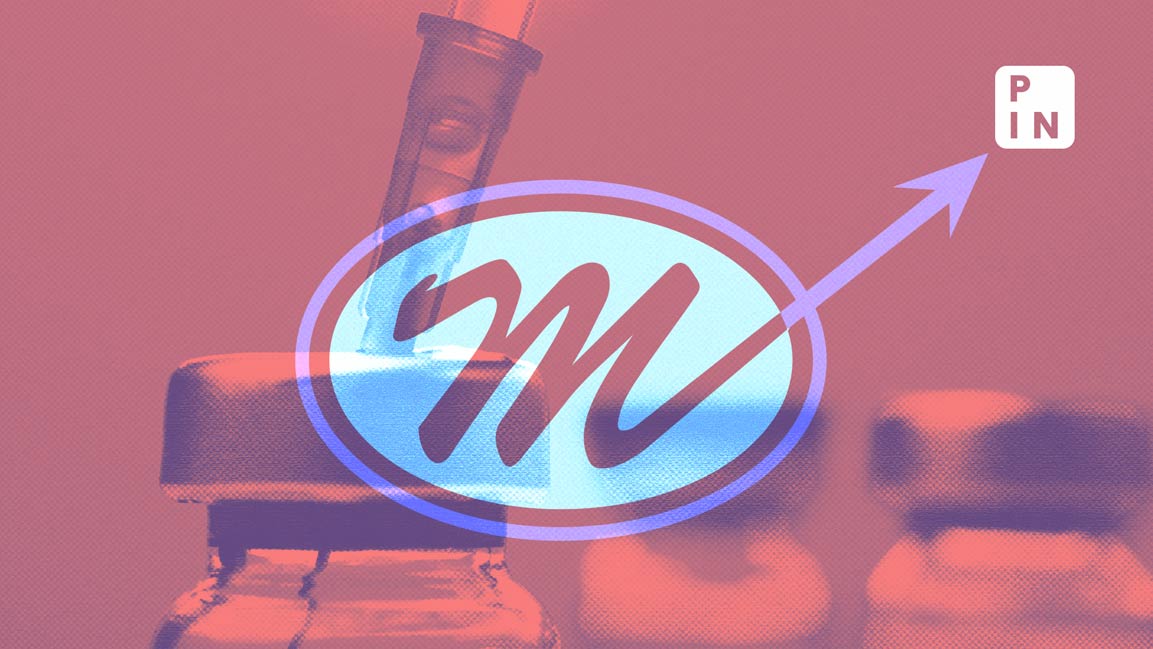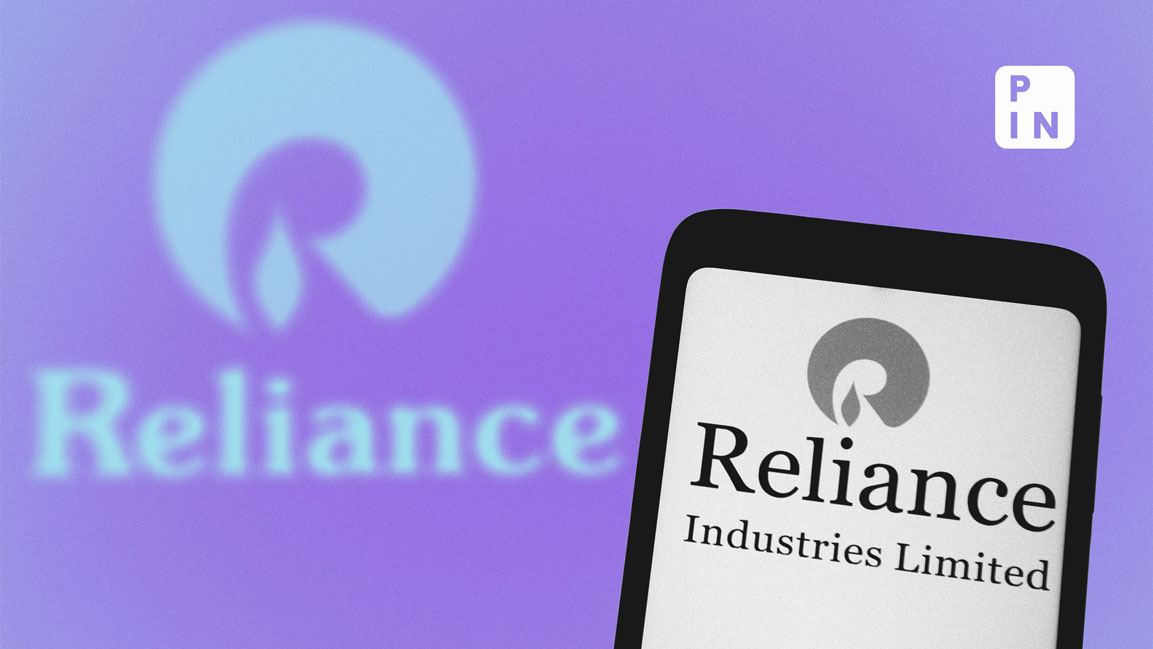- | 12:00 pm
Made-in-India drugs helped US save billions: study
Generics from Indian companies are expected to generate an additional $1.3 trillion in savings over the next five years, IQVIA Institute for Human Data Science research said

Indian supplies of affordable drugs helped the US save on billions of dollars annually while expanding healthcare accessibility in that country, a study said.
Medicines supplied by Indian pharma companies helped the US healthcare system save $219 billion in 2022 and a cumulative $1.3 trillion between 2013 and 2022, the “US–India Medicine Partnership: India’s contribution to the US healthcare system” study showed.
In 2022, Indian pharmaceutical firms supplied four out of ten of all US prescriptions, including 47% of generics and 15% of biosimilars, the study conducted by the IQVIA Institute for Human Data Science found.
Generic drugs are affordable substitutes for branded drugs, offering the same dosage and purpose after the original patent expires. Biosimilars, while similar, are not exact copies of USFDA-approved biological drugs and require complex manufacturing as they are made from living organisms.
In 2022, of the 6.7 billion prescriptions issued in the US, over 90% were generics. Indian companies supplied 42% of these generics, an increase from 22% a decade earlier. Indian pharma firms filled 1.8 billion of the total prescriptions issued during the year, marking an average annual growth of 7% since 2013.
Generic drugs saved the US health system $408 billion, and nearly $2.9 trillion over the past decade, relieving the financial burden on stakeholders and paving the way for funding more expensive innovative drugs, the study said.
Generics from Indian companies are expected to generate an additional $1.3 trillion in savings over the next five years, the study projected.
Nearly half the generic medicines paid for through medicare and commercial insurance in the US is supplied by Indian pharma firms, the study added.
Indian pharma firms filled more than half of the prescription drugs for hypertension, mental health, lipid regulators, nervous system disorders, and antiulcerants, the study added.
The study noted that the introduction of generic versions of Rosuvastatin drug, largely produced by Indian companies, substantially increased the number of patients who could access the medication. Rosuvastatin helps lower cholesterol levels and reduce the risk of cardiovascular disease.
Specifically, between 2016 and 2022, 28 million more patients received Rosuvastatin due to the availability of these more affordable generics than would have without them.
Meanwhile, India’s contribution to the US healthcare system is not restricted to just affordable drugs.
“For the US health system, India serves as an important ally, not only for the supply of affordable, high-quality drugs, but also through its comparative cost advantages in skilled human resources and through opportunities for collaborations with Indian and US companies,” the study said.
There are also “numerous examples of collaborations between US and Indian pharmaceutical companies in terms of contract manufacturing, research and development, and market penetration,” it added.
In January, the US-India Trade Policy Forum issued a joint statement emphasizing a “mutual interest in furthering public health discussions to ensure safe and effective medical products.”
Ministers of both nations shared concerns on the overdependence on active pharmaceutical ingredients (APIs) and broadening sourcing, especially of key starting materials (KSMs).
API is the part of any drug that produces its intended effects, while KSMs are essential substances used early in the synthesis of APIs.
New Delhi has been taking steps to reduce its dependence on Beijing for the supply of key pharmaceutical components. The government launched its incentives plan in March 2020 with the goal of increasing local production of these pharma components.
India’s production-linked incentive schemes, targeted at makers of drug ingredients, are intended to add resilience to the overall supply chain for generic drugs by reducing the dependence on imports. The initial program, PLI 1.0, offered an incentive to promote domestic manufacturing of KSMs and APIs for 41 eligible drugs over six years and promoted creation of bulk drug parks.
PLI 2.0, launched in March 2021, included incentives based on global manufacturing revenue with an aim to enhance India’s manufacturing capabilities by diversifying into higher-value drugs such as complex generics, biologicals and biosimilars.













